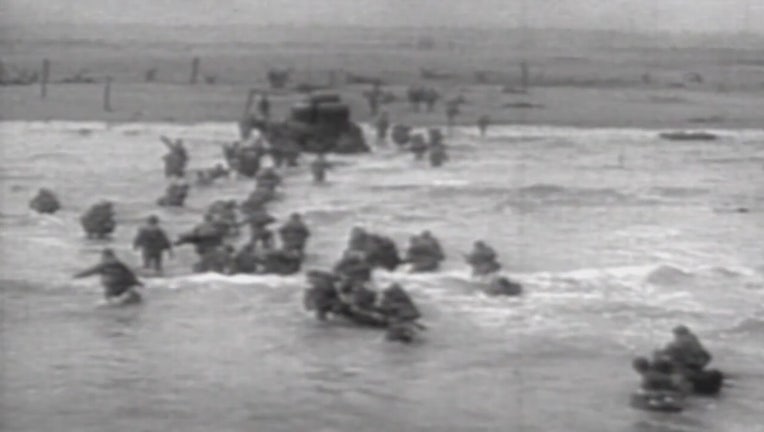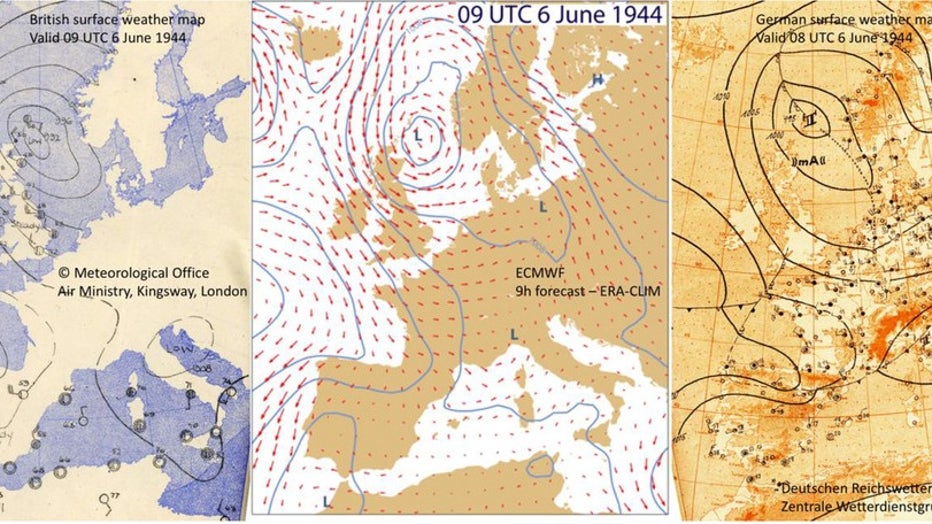How weather forecasts won D-Day; Meteorology’s role in WWII

On June 6, 1944, the Allied invasion of Normandy, known as D-Day, marked a turning point in World War II.
The brave troops that stormed the beach paid the ultimate price, but far behind the front lines is a story of bravery starring unsung heroes: a group of pioneering meteorologists who worked tirelessly to deliver a crucial forecast.
Crucial forecast
What we know:
Captain J.M. Stagg, a British Met Office meteorologist attached to the Royal Air Force, led a small group of forecasters who advised the Supreme Commander Dwight D. Eisenhower to delay the invasion by 24 hours due to poor weather.
That decision avoided what would have been a disastrous storm and opened a crucial window for attack.
Allied meteorologists correctly forecast a brief 24-hour period of tolerable weather on June 6, 1944, during what was an otherwise stormy period. This allowed the invasion to proceed just before a violent storm arrived.
The Germans believed the weather was too bad for an invasion and stood down significant portions of their defenses.

Allied teams were able to use data from upper-air reading along with decrypted German weather reports and data from reconnaissance flights to predict winds, cloud cover, and sea conditions with far greater accuracy than their German counterparts.
The Allies also wisely integrated meteorologists directly into military planning. They pooled the forecasting talents of the UK, US, Canadian and Norwegian experts, whereas the German meteorological services lacked that level of forecasting integration.
Why It Mattered:
Had the Allies not acted on this insider forecast, the next available tide-window would have been June 19–20, during which a massive storm wrecked one of the Mulberry Harbours, the temporary portable harbors developed by the UK forces to facilitate the rapid offloading of cargo onto beaches during the invasion.
FREE DOWNLOAD: Get breaking news alerts in the FOX LOCAL Mobile app for iOS or Android
That would have doomed the invasion.
Impacts on Forecasting Today:
The integration of upper-air analysis, encrypted enemy weather data and real-time reconnaissance laid the foundation for much of modern meteorology.
This sparked advances in things like:
- High-altitude forecasting
- Mobile meteorological units
- Weather radar and decryption
These lessons endure in today’s forecasting models and disaster planning systems.
D-Day wasn’t just a triumph of strategy, it was a victory for science, communication, and meteorology.
The Source: Ogden, R. J. (2001). Meteorological Services Leading to D-Day. Royal Meteorological Society Occasional Papers on Meteorological History No.3. & The Fox 6 Weather Experts

